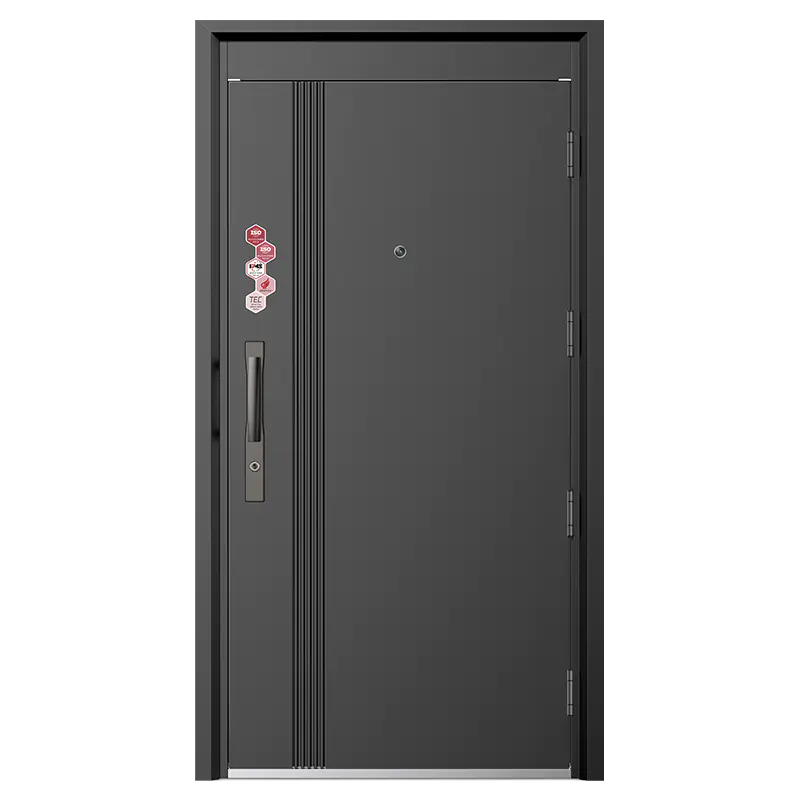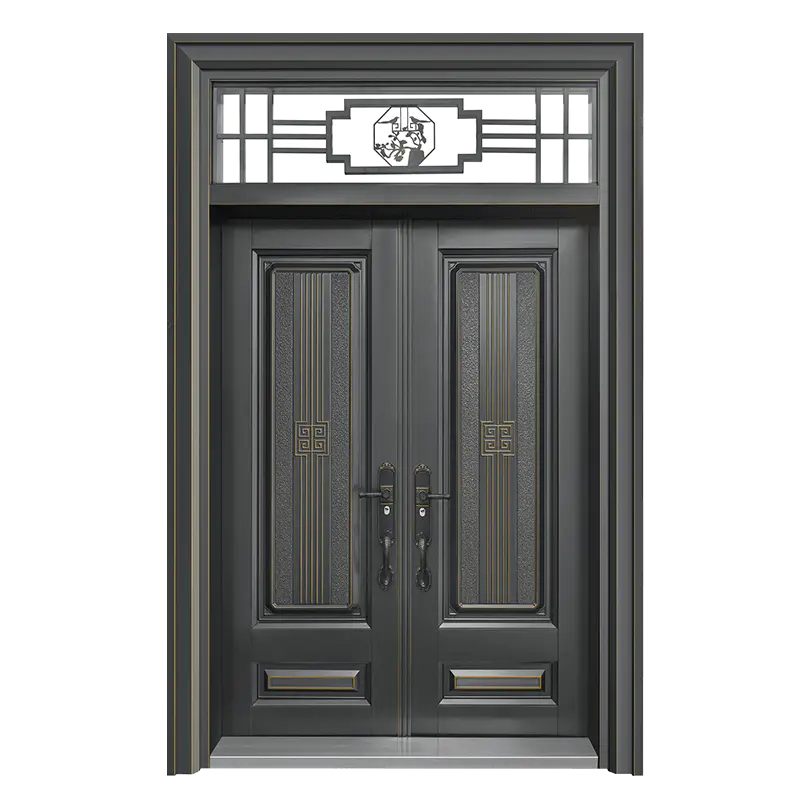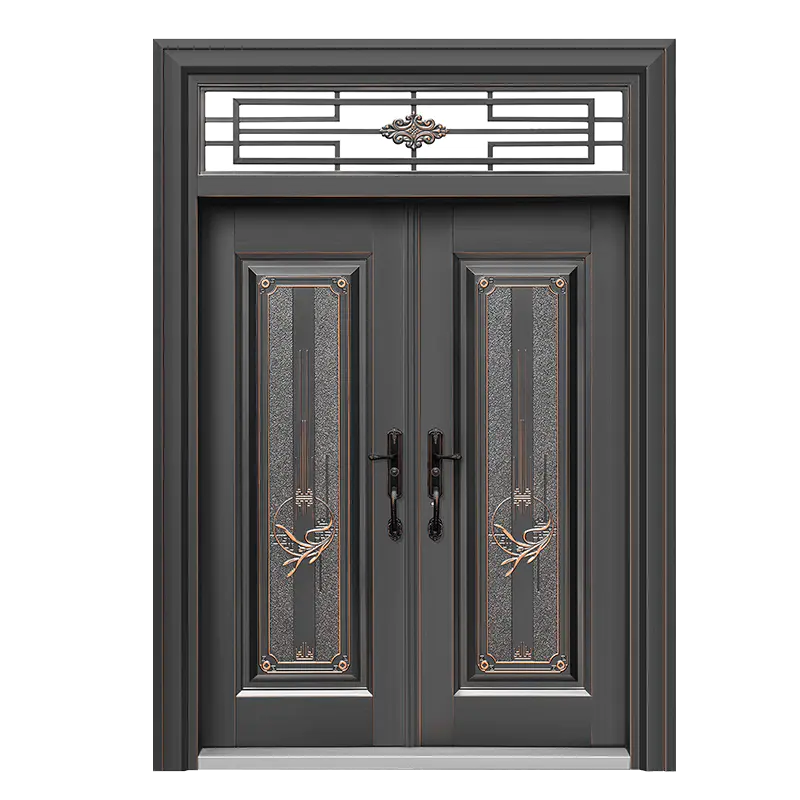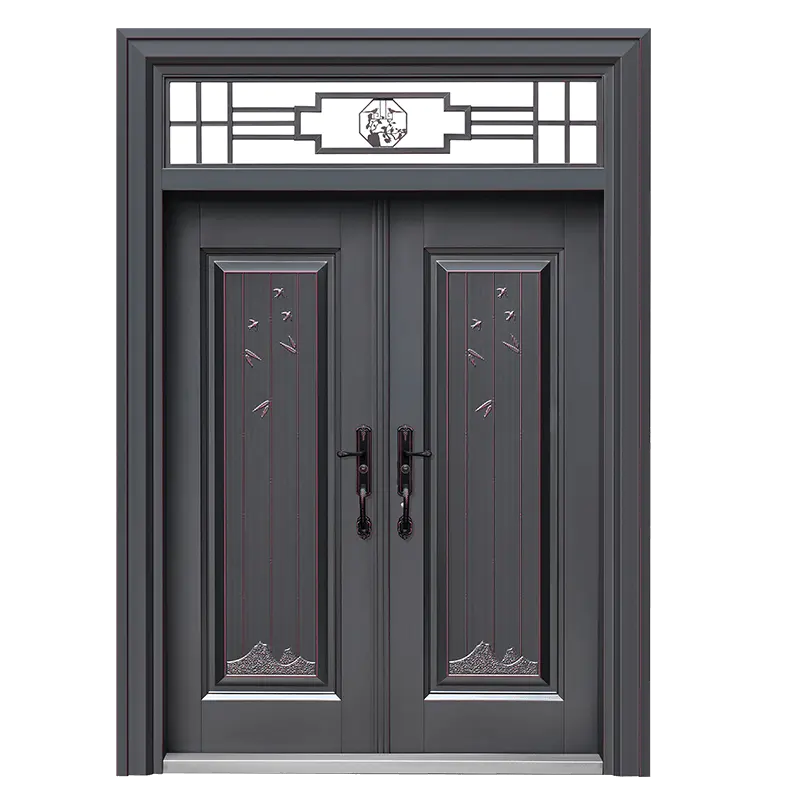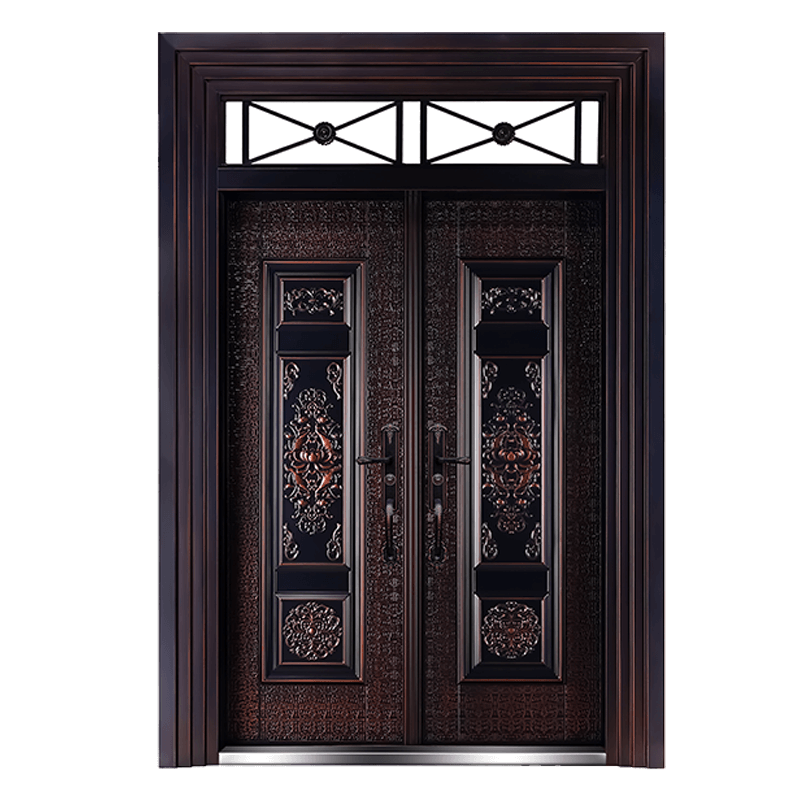Understanding the Corrosion Resistance of Kitchen and Bathroom Steel Doors
May 09, 2025
Why Corrosion Resistance Matters in Kitchen and Bathroom Applications
In both residential and commercial settings, the kitchen and bathroom are two of the humid and frequently used spaces. The presence of steam, water splashes, cleaning chemicals, and temperature fluctuations makes these areas highly demanding on building materials, especially doors. A Kitchen and Bathroom Steel Door must therefore demonstrate good corrosion resistance to ensure long-term durability, safety, and appearance. Unlike wooden or aluminum doors that may swell or oxidize, a well-designed one offers robust protection against rust and surface degradation.
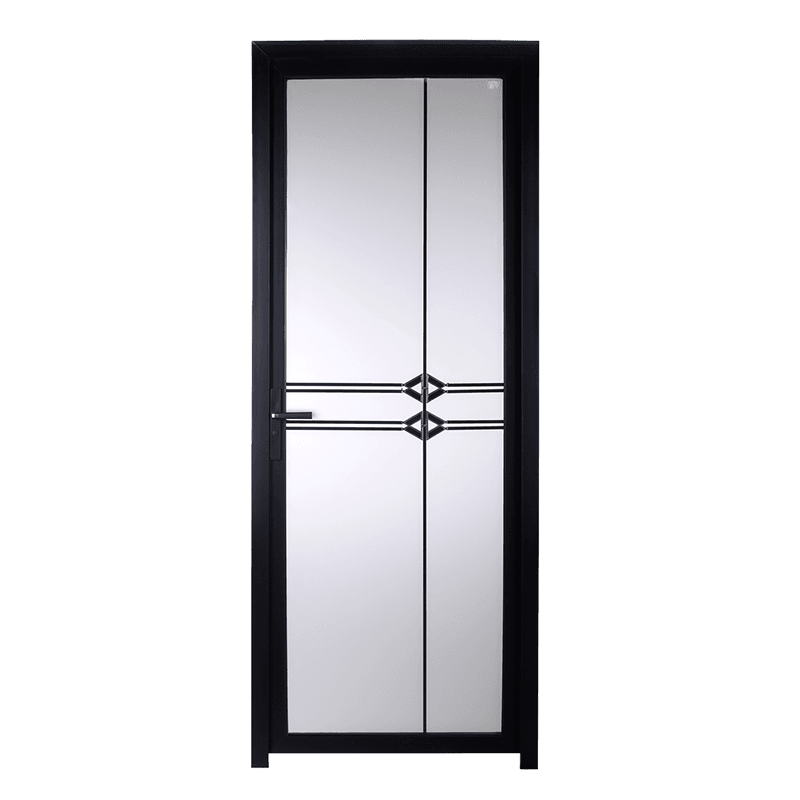
Materials and Surface Treatments Make the Difference
The corrosion resistance of any Kitchen and Bathroom Steel Door largely depends on the type of steel used and the quality of its surface treatment. Most manufacturers use galvanized steel or stainless steel for better anti-rust performance. Galvanized steel is coated with a layer of zinc, which acts as a sacrificial barrier to prevent rusting. Stainless steel, particularly grades like 304 or 316, contains chromium, which forms a passive film on the surface and offers high resistance to moisture and chemicals.
Beyond the base material, high-quality Kitchen and Bathroom Steel Door products typically undergo powder coating, electrostatic painting, or PVC film lamination. These treatments not only enhance aesthetic appeal but also provide an additional layer of protection against corrosion, scratches, and chemical exposure from household cleaners.
Environmental Factors and Usage Patterns
The effectiveness of a Kitchen and Bathroom Steel Door's corrosion resistance also depends on the surrounding environment. In coastal areas where salt-laden air is prevalent, corrosion risk increases dramatically, even indoors. Similarly, in commercial kitchens or public restrooms, where cleaning agents are used more aggressively, door surfaces may face chemical stress.
Manufacturers of Kitchen and Bathroom Steel Door solutions often account for these variations by offering different grades or finishes tailored to the environment. For instance, it design for a high-humidity hotel bathroom may feature reinforced sealing and enhanced surface coatings compared to one used in a standard household kitchen.
Maintenance Plays a Supporting Role
While material choice and factory finishes provide the foundation for corrosion resistance, regular maintenance can extend the lifespan of any Kitchen and Bathroom Steel Door. Simple actions such as wiping down moisture, avoiding abrasive cleaning tools, and inspecting for minor surface damage can help preserve the integrity of the door. It is especially important to monitor the edges and hinge areas, which are more prone to wear and moisture retention.
Some Kitchen and Bathroom Steel Door products also feature anti-condensation coatings or integrated drainage designs to decrease moisture buildup, reducing the likelihood of rust formation over time.
Conclusion
A high-quality Kitchen and Bathroom Steel Door is engineered to resist corrosion effectively, even under the daily challenges of moisture, heat, and chemical exposure. With the right combination of materials, such as galvanized or stainless steel, and proper surface treatments, these doors offer a practical and long-lasting solution. As long as the correct specifications are chosen for the environment and proper maintenance is upheld, it can retain its performance and aesthetic appeal for many years, making it a smart investment for modern interiors.

 English
English 中文简体
中文简体 Français
Français Español
Español عربى
عربى